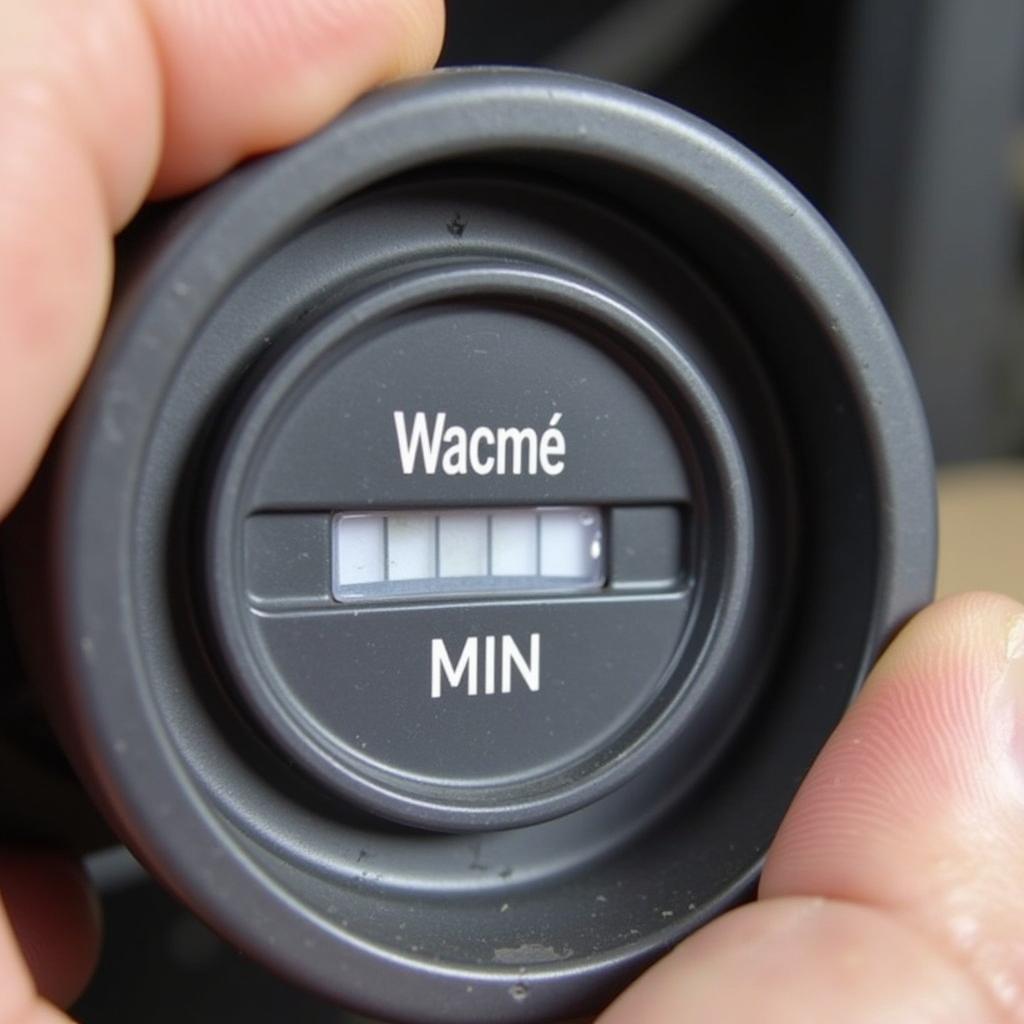Understanding car radio speakers wiring can seem daunting, but with the right knowledge and approach, it can be a manageable DIY project. This guide will provide you with a comprehensive understanding of car speaker wiring, from basic principles to advanced troubleshooting techniques.
Decoding Your Car’s Audio System
Before diving into the wiring itself, it’s essential to understand the components involved. Your car’s audio system typically consists of the head unit (radio), amplifier, speakers, and the wiring harness that connects everything. The head unit sends audio signals to the amplifier, which then boosts the signal and sends it to the speakers. The wiring harness acts as the nervous system, carrying these signals and power throughout the system. Knowing how these components interact is crucial for successful car radio speakers wiring.
Similar to how to wire car stereo wiring harness, understanding the color codes of your specific car model is vital. Incorrect wiring can lead to blown speakers, a malfunctioning head unit, or even damage to your car’s electrical system.
Mastering Car Speaker Wiring Basics
Car speaker wires are color-coded to simplify the installation process. Typically, each speaker has two wires: a positive (+) and a negative (-) wire. The positive wire carries the audio signal, while the negative wire completes the circuit. Common color codes include red for positive and black for negative, but these can vary depending on the car manufacturer and the specific speaker. Always consult your car’s wiring diagram to ensure accurate connections. A good starting point for many Hyundai owners is understanding the car stereo hyundai radio wiring color codes.
What if your speakers aren’t working after wiring them up? First, double-check all connections to ensure they are secure and correctly matched to the corresponding positive and negative terminals on both the speaker and the head unit or amplifier. Loose connections are a common culprit for audio issues.
Advanced Troubleshooting and Solutions for Car Radio Speakers Wiring
Sometimes, even with correct wiring, you might encounter problems. One common issue is distorted sound. This can be caused by several factors, including a faulty amplifier, damaged speakers, or incorrect impedance matching between the speakers and the amplifier. Another potential issue is a complete lack of sound. This could be due to a blown fuse, a malfunctioning head unit, or a broken wire in the wiring harness. For older cars, reviewing resources like the ford car radio wiring diagram 1977 can be incredibly helpful.
“Understanding impedance matching is crucial for optimal sound quality,” says John Smith, a veteran automotive electrical engineer. “Mismatched impedance can lead to distorted sound or even damage to your speakers and amplifier.”
Utilizing Wiring Diagrams and Resources
Wiring diagrams are invaluable resources for car audio installation and troubleshooting. These diagrams provide a visual representation of your car’s electrical system, including the wiring for the radio and speakers. They show the color codes, connector locations, and pin assignments for each component. Knowing how to read a wiring diagram is essential for anyone working on their car’s audio system. You can often find wiring diagrams in your car’s owner’s manual or online. Examples like the 2006 hyundai elantra car stereo radio wiring diagram or the 2003 hyundai accent car radio stereo wiring diagram offer specific guidance.
Car Radio Speakers Wiring: Conclusion
Successfully wiring your car’s radio speakers requires careful planning, accurate execution, and a good understanding of the underlying principles. By following the tips and techniques outlined in this guide, you can confidently tackle this project and enjoy a high-quality audio experience in your car. Remember to consult your car’s wiring diagram and always double-check your connections.
FAQ
-
What are the most common car speaker wire colors? While red is typically positive and black is negative, variations exist. Always consult your car’s specific wiring diagram.
-
How do I fix distorted sound from my car speakers? Check for loose connections, a faulty amplifier, or impedance mismatch between speakers and amplifier.
-
Where can I find my car’s wiring diagram? Your car’s owner’s manual or online resources are good starting points.
-
What tools do I need for car speaker wiring? Basic tools like wire strippers, crimpers, and a multimeter are often sufficient.
-
How do I know if my car speakers are blown? A blown speaker typically produces a distorted or rattling sound, or no sound at all.
-
What is impedance matching and why is it important? Impedance matching ensures compatibility between speakers and amplifier for optimal sound quality.
-
Can I install new car speakers myself? Yes, with the right tools, knowledge, and patience, car speaker installation can be a DIY project.

